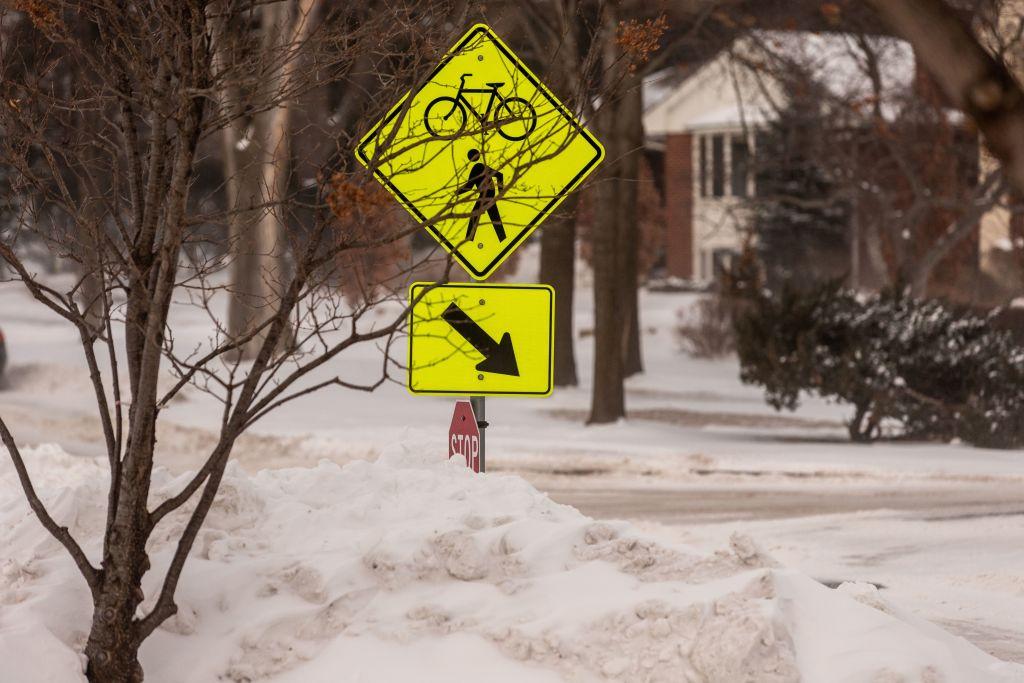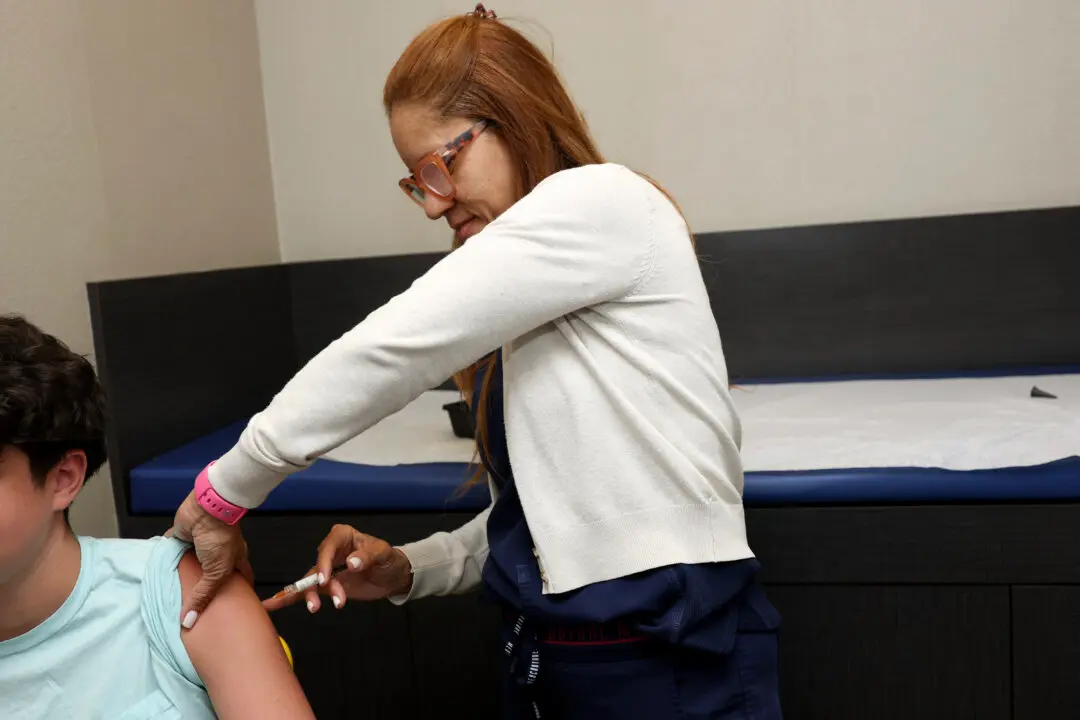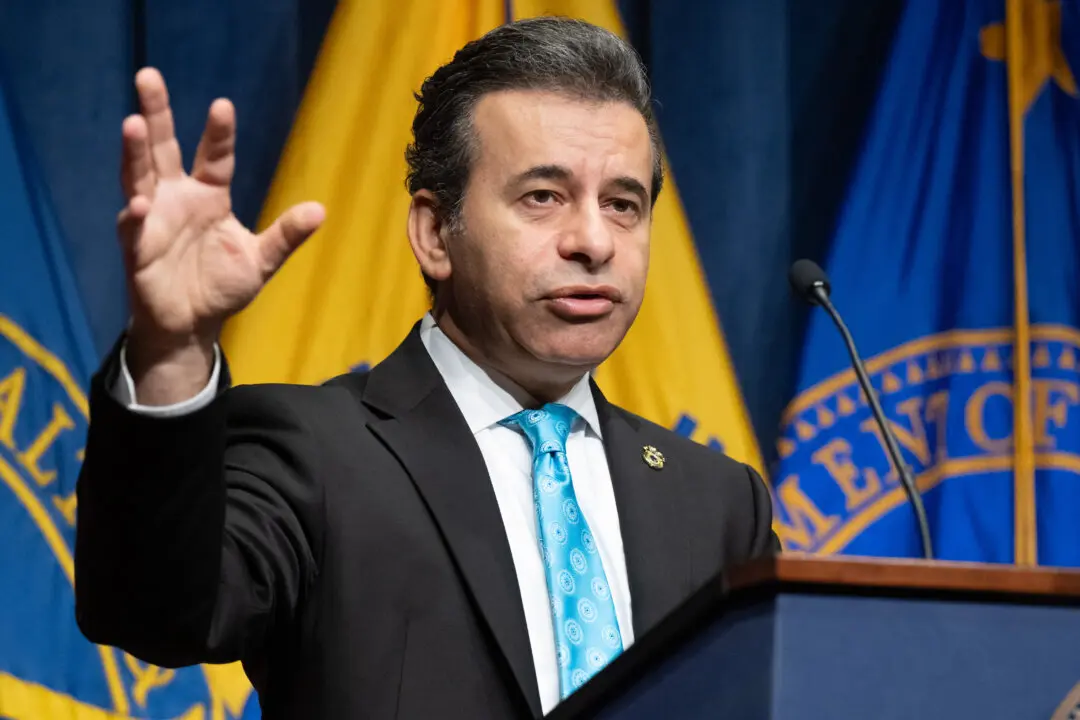The polar vortex, which has brought extremely cold weather to large parts of the United States, forced the U.S. Postal Service to halt deliveries across at least 11 states.
The service said on Jan. 29 that it was suspending mail deliveries on Wednesday in all or part of Minnesota, Michigan, North Dakota, South Dakota, Wisconsin, Illinois, Indiana, Ohio, Pennsylvania, Nebraska, and Iowa.





